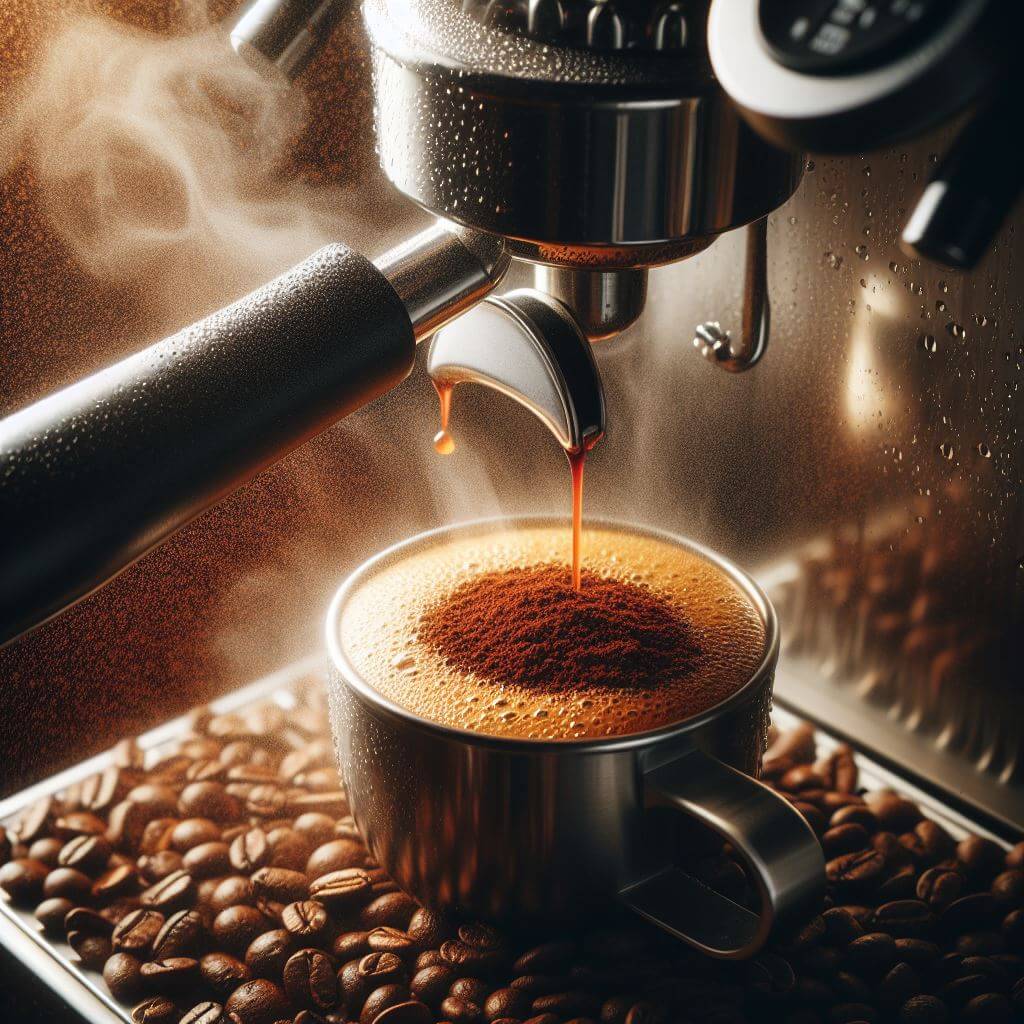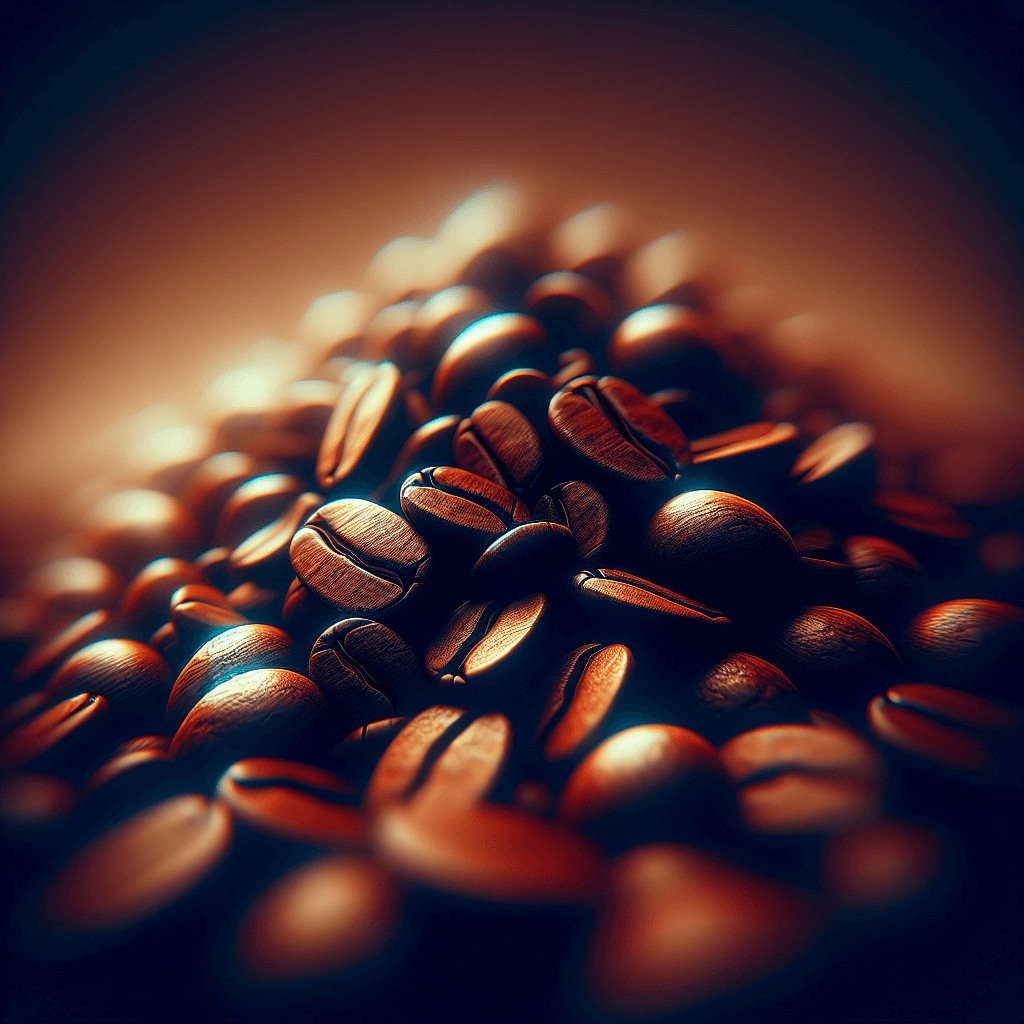
Brewing coffee is an art that has evolved significantly over the years, moving from simple brewing methods to complex mechanisms that create the perfect cup. The process encompasses a variety of methods, each designed to extract flavor, aroma, and caffeine from the beans in unique ways.
Drip Brewing
Often referred to as the quintessential coffee brewing method, drip brewing embodies the simplicity and consistency that makes it a perennial favorite among coffee lovers. The process is simple but sophisticated, using a machine that carefully pours hot water over the ground coffee, allowing it to seep through a filter into the pot or carafe below. The genius of this method is its ability to cater to a wide audience, from the bustling family kitchen to the fast-paced office environment, providing a reliable source of comfort and rejuvenation at the touch of a button.
This method is known for producing a clean, crisp cup of coffee that can be easily customized to suit individual tastes. By changing the grind size of the coffee beans, the temperature of the water, or even the speed at which the water passes through the grounds, amateurs and casuals alike can fine-tune their brews to achieve the balance of flavors that suit their tastes. taste.
Modern advances in drip brewing technology have introduced features such as programmable timers, temperature controls, and even water filtration systems, increasing convenience and brew quality. These innovations create a more personalized coffee experience, allowing the brewer to wake up to a perfectly crafted cup of coffee or enjoy a consistently great cup of coffee at any time of the day.
French Press
Known for its simplicity and ability to bring out the deep, expressive flavor of coffee, the French press holds a special place in the hearts of coffee purists and enthusiasts. This hand-brewing method, which involves steeping the ground coffee in freshly boiled water and then pressing the plunger to separate the grounds from the liquid, provides a full immersion experience that feels like a loving embrace of all the coffee’s flavors and oils. Unlike other brewing methods that rely on filters to keep the coffee grounds from the brewed liquid, the French press maintains direct contact between the water and the coffee grounds throughout the brewing process.
The mastery of using a French press rests in the hands of the brewer, providing complete control over the strength and texture of the coffee. By adjusting steeping time, bean grind, and water temperature, you can fine-tune your brew to achieve a personalized flavor profile. This hands-on approach lends a sense of craftsmanship to the brewing process, turning each cup of coffee into a personal creation that reflects the brewer’s skill and preferences.
The tactile experience of immersion and the anticipation that occurs during the soaking process add a ritualistic dimension to the use of the French press. It offers a leisurely approach to coffee making, encouraging users to enjoy the process as much as they enjoy their cup.
The French press also advocates universality and environmental friendliness. It does not require paper filters or electricity, which reduces waste and energy consumption. Its simple design and robust components ensure durability, making it an eco-friendly choice for environmentally-conscious coffee drinkers.
Espresso
This brewing method, characterized by passing a small amount of near-boiling water through finely-ground coffee under high pressure, results in a concentrated serving of coffee that is both complex and deep. The distinguishing feature of a well-brewed espresso is its foam, a creamy layer of caramel-colored foam that floats to the top, symbolizing the perfect combination of pressure, temperature, and time. The cream not only adds visual appeal but also contains the best flavors and aromatic oils of the coffee, offering the first tantalizing hint of the intense experience that awaits.
The size of the grind must be appropriate – too fine and the water will have difficulty passing through it, resulting in an over-extracted grit that will be too bitter; too coarse and the water will seep through the pulp, creating a weak, unpleasant taste. Water temperature and pressure must also be carefully controlled, ensuring that every volatile compound in the coffee is extracted just so.
The modern espresso machine, once a bulky and intimidating fixture in cafes, has been reimagined for the domestic market. Sleek, compact, and increasingly easy to use, these machines bring the art of espresso into the kitchen, inviting coffee lovers to develop their barista skills and experiment with brewing. The ritual of making espresso at home—grinding the beans, tamping the grounds, and watching the dark, aromatic liquid slowly fill the cup—adds a touch of magic to the morning routine, turning a daily habit into a rewarding personal ritual.
Cold Brew
Cold brew coffee, with its unique brewing method and distinct flavor profile, has become a gentle giant in the coffee world, captivating enthusiasts with its mellow, mellow, and nuanced character. Unlike traditional coffee brewing methods that rely on heat to release the aroma, cold brewing takes time and patience, steeping coarse coffee grounds in cold water for long periods, often 12 hours or more. This long and gentle extraction process is the key to the distinct taste of cold beer. This minimizes the release of bitter compounds and acids that are usually extracted at higher temperatures, resulting in coffee that is not only less acidic and bitter but also naturally sweeter and milder. This makes iced coffee the perfect choice for those looking for a milder, more affordable coffee.
The appeal of cold beer goes beyond its taste. Its concentrated nature allows for a versatile base that can be easily diluted with water, and milk or even used in various culinary creations, offering a refreshing twist to traditional coffee drinks and desserts. From invigorating iced lattes to creative coffee cocktails, the possibilities are virtually endless, encouraging experimentation and innovation in the kitchen.
The convenience of a cold drink and the stability of storage add to its appeal. Once brewed, the coffee can be refrigerated for up to two weeks without significant loss of quality or freshness, providing coffee lovers with a ready-to-drink option that fits perfectly into their busy lives. This ease of preparation and storage makes iced coffee a practical choice for those looking for both quality and convenience in their daily coffee.

